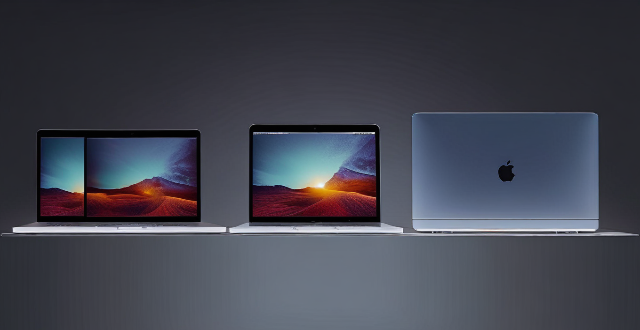Touchscreen laptops provide enhanced interactivity, versatility, accessibility, and portability. They also boost productivity, offer educational advantages, and enrich entertainment experiences. Additionally, they support innovative software use and are adaptable to various professional applications. When purchasing a touchscreen laptop, consider factors such as touch responsiveness, screen size, resolution, and software compatibility.

The benefits of having a touchscreen laptop are numerous and can significantly enhance the user experience. Touchscreen laptops offer a unique blend of traditional computing capabilities with the direct interaction of a touch-sensitive display. Here are some key advantages:
1. Enhanced Interactivity
- Direct Manipulation: Users can interact directly with the screen using fingers or a stylus, making it easier to edit images, navigate maps, and manipulate objects in creative software.
- Tactile Feedback: The physical act of touching the screen provides immediate feedback, improving the overall engagement with the content.
2. Versatility in Use
- Dual Input Methods: Touchscreen laptops retain traditional input methods like keyboards and touchpads while adding touch capabilities, offering users multiple ways to interact with the device.
- Switch Between Tasks: Easily switch between typing a document and using a touchscreen for tasks that are more convenient with a direct touch.
3. Improved Accessibility
- Intuitive Navigation: For users who are not comfortable with a mouse or a trackpad, touching the screen is a more natural way to navigate the computer interface.
- Accessibility Features: Touchscreens can be beneficial for users with disabilities, allowing them to operate the laptop more easily.
4. Convenience in Portability
- On-the-Go Editing: When traveling or commuting, touchscreens make it easier to make quick edits without needing additional devices like a mouse.
- Space-Saving: A touchscreen laptop eliminates the need for additional accessories like drawing tablets, making it an all-in-one solution for portability.
5. Boosted Productivity
- Faster Task Completion: Some tasks, such as graphic design or note-taking, can be completed faster with the precision of touch input.
- Multi-App Usage: Easily manage multiple applications simultaneously by using touch gestures to resize windows or switch between apps.
6. Educational Advantages
- Interactive Learning: Touchscreen laptops can facilitate interactive learning experiences, particularly in subjects like art, music, and science.
- Collaboration Tools: Shared touchscreens can be used in group projects, allowing multiple users to interact with the screen simultaneously.
7. Entertainment Value
- Multimedia Experience: Touchscreens add another layer of interaction when gaming or using multimedia applications, providing a more engaging experience.
- Convenient Control: Adjusting volume, brightness, and other settings is more intuitive on a touchscreen compared to traditional methods.
8. Innovative Software Use
- Software Compatibility: Many modern applications are designed with touch functionality in mind, providing a richer user experience on touchscreen laptops.
- Creative Software: Programs like digital painting or music production software often benefit from the precision and control offered by touch input.
9. Adaptability
- Flexible Workspace: Touchscreens allow users to adjust their workspace depending on the task, whether it requires precision or broad strokes.
- Customizable Settings: Users can customize their touch settings to optimize their workflow, including gestures and touch sensitivity.
10. Professional Applications
- Industry-Specific Use: Professionals in fields like architecture, engineering, and design can benefit from the direct manipulation of plans and models.
- Presentations and Demonstrations: Touchscreen laptops can be used effectively for presentations, allowing presenters to zoom in and highlight specific areas with touch gestures.
Additionally, when considering the purchase of a touchscreen laptop, there are several factors to keep in mind. Firstly, ensure that the device has a responsive and accurate touchscreen to avoid frustration with unregistered touches. Secondly, consider the screen size and resolution, as these factors can impact the usability of the touch function. Lastly, check for compatibility with your preferred software and operating system to ensure a seamless experience.
In conclusion, touchscreen laptops offer a plethora of benefits that can improve productivity, accessibility, and overall user satisfaction. By combining traditional input methods with the direct interaction of a touchscreen, these devices provide a versatile and engaging experience for work, education, and entertainment. As technology continues to advance, touchscreen laptops are likely to become even more integral to our daily lives, offering new ways to interact with digital content.